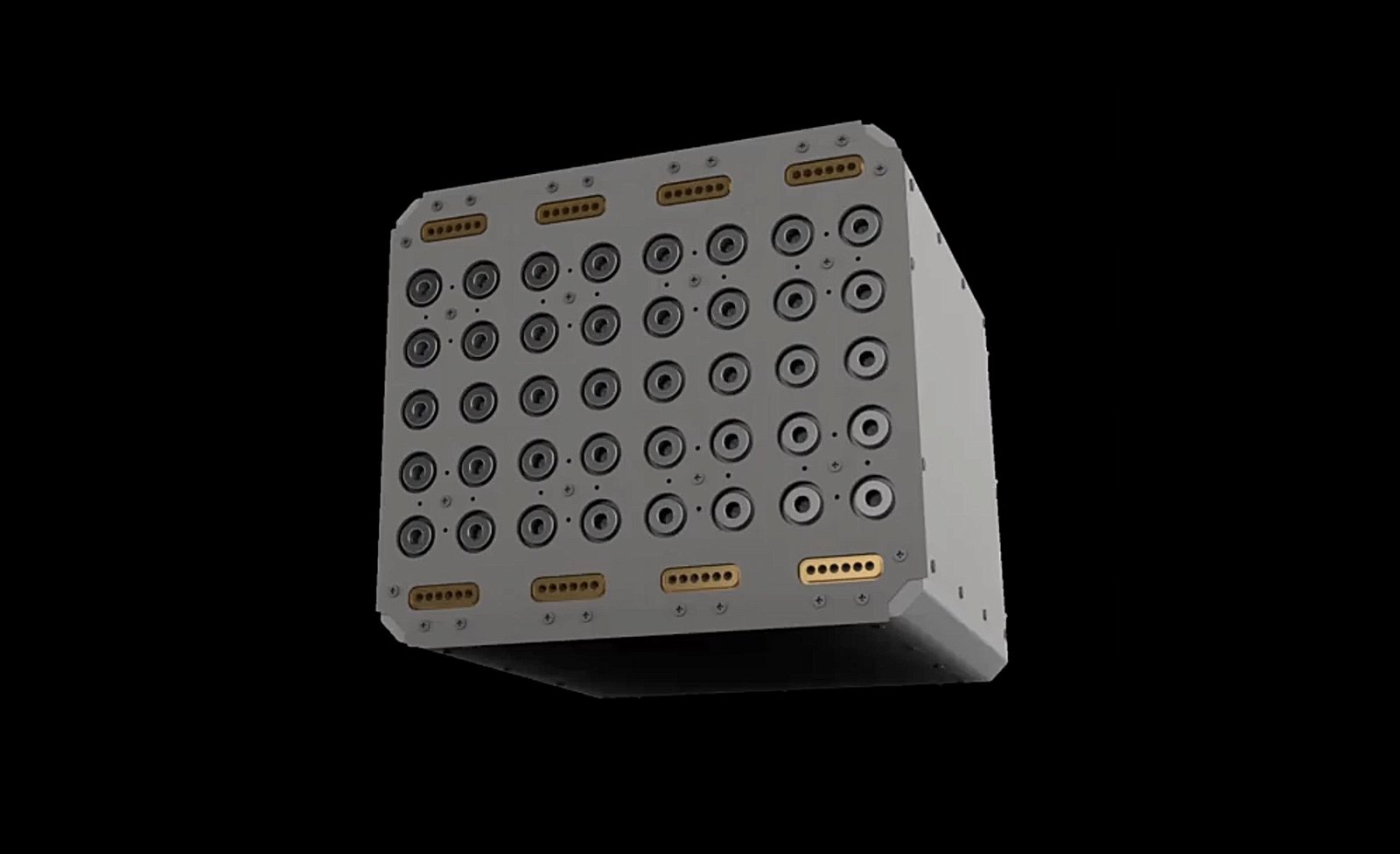In-space mobility company Morpheus Space has unveiled their potentially game-changing nanosatellite propulsion system, the GO-2, which they believe will open up access to space to smaller companies and organizations “needing in-space mobility solutions.”
A field emission electric propulsion (FEEP) system that uses liquid metal as a propellant, the GO-2 is touted as a more efficient and reliable electric propulsion system than competing ion thruster designs and one that could dramatically increase access to space.
“This self-contained, plug-and-play, electric propulsion system is one of the most capable, efficient, and innovative solutions for mobility in space,” explained Morpheus Space CEO Daniel Bock in an email to The Debrief.
Morpheus Space Building on Previous Landmark Achievements
After bursting on the scene as an R&D company in 2018, Morpheus Space has transitioned to a commercial enterprise with numerous landmark achievements in satellite propulsion. Among the most noteworthy is the company’s first-ever successful test of a propulsion system on a nanosatellite, the first successful collision avoidance maneuver by a nanosatellite, and their exclusive mission planning software known as Journey.
“These achievements underscore Morpheus Space’s commitment to pushing boundaries and defying norms in pursuit of a safer and more accessible space future,” the company told The Debrief.
The announcement of the G0-2 FEEP thruster, which first took place in December at the Space Tech Expo conference in Bremen, Germany, marked the latest achievement by the 6-year-old company, potentially positioning it at the technological forefront of nanosatellite propulsion solutions.
Versatile technology Can Dive Larger and Smaller Satellites
According to a summary emailed to The Debrief, the GO-2 (which resembles a Star Trek Borg Cube) can provide a propulsion solution to satellites as small as 6U and as large as 250 kg, “allowing New Space companies to launch into orbit faster with more safety and reliability.”
“A 6U satellite is a CubeSat size, where a “U” is 10 x 10 x 10 cm cube,” explained company president Kevin Lausten in a separate email to The Debrief.
This versatility, the company explains, means they can cater to larger companies and organizations looking to expand their space footprint or to smaller companies who are considering nanosatellites as their pioneering entry into space operations.
“The industry is transitioning from large, costly satellites to proliferated networks of smaller, more affordable ones,” Bock told The Debrief. “These constellations, traditionally planned and deployed years in advance, lack flexibility to adapt to changing needs.”
The company says they are aiming to change this equation with GO-2. The key, they explain, is the field emission electric propulsion technology employed. An ion thruster that replaces xenon gas or other propellants with liquid metal, Morpheus Space says the FEEP-powered GO-2 “works to create a stable ion beam.”
“It’s on the lower end of thrust on the spectrum of propulsion, but incredibly efficient and much safer.” Lausten told The Debrief.
According to the company’s website, the GO-2 also boasts “no moving parts, no pressurized tanks, and no excessive heat generation.” The thruster is also scalable, meaning multiple units can work together to maneuver larger satellites.
“Pay-As-You-Go” Business Model Further Expanding Access to Space
While noting that the evolution of extremely small CubeSats and other nanosatellites has increased the number of companies and organizations that can tap into the benefits of operating in low earth orbit, Morpheus Space points out that the high costs of launching anything into space still functions as a significant barrier. In an effort to mitigate this financial hurdle, the company says they are making their new GO-2 available on a “Pay-as-you-Go” pricing model.
“Building and launching a satellite is expensive, and operators don’t begin earning revenue from these investments until the satellite is in orbit,” Lausten told The Debrief. “Commercial satellite operators who want to better align their costs with revenue are ideal candidates for the ‘Pay-as-you-Go’ model.”
This is especially true of what Morpheus terms “NewSpace” companies, meaning those who are new entrants into the in-space mobility sphere. Unlike larger government and commercial enterprises, Lausten says that these NewSpace companies and mid-sized satellite operators are “looking for an affordable mobility solution that takes much of the risk away, brings them greater value, and helps them compete.”
Although this latest announcement seemingly expands on the company’s list of industry firsts, Morpheus Space says they are always working to improve the technology, including upcoming improvements to their latest entry.
“We will have even more capabilities rolling out soon, which will further enhance the value of GO-2,” they explained.
Christopher Plain is a Science Fiction and Fantasy novelist and Head Science Writer at The Debrief. Follow and connect with him on X, learn about his books at plainfiction.com, or email him directly at christopher@thedebrief.org.

